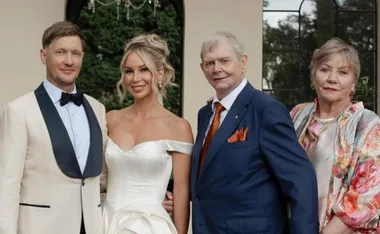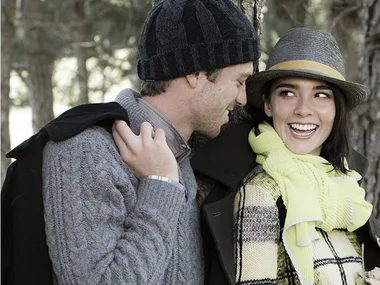WHEN you get into a new relationship, there’s so much to look forward to and plenty of exciting things to discover about your new partner – but several maxed out credit cards and a high-interest personal loan aren’t one of them. You see, your own debts and financial situation aren’t just affecting you anymore, they can also place negative implications on your significant other.
Put it this way, if one person has a big credit card debt, it may affect a couple’s ability to get a home loan. Or if one party defaults on their credit card payments, the bank may come after a couple’s joint assets. People tend to not reveal their personal debts because they feel ashamed, but it is important for couples to have the ‘money talk’ sooner rather than later. Here’s how to be STD smart.
Sharing your intimate details
Starting a new relationship can be an exciting time, learning about the other person’s favourite colour, if they are a cat or dog person, what they like to eat and so on. But sometimes you need to ask more probing questions, like how many credit cards they have and how much they owe on each card. While you are at it, maybe check whether they have store cards, a car loan, personal loan or even a home loan. Be it good or bad, it’s important to know your partner’s intimate details.
Developing a strategy
Managing debt is important. Be sure to ask your partner how long they’ve had the debt and what steps they are taking to pay it off. For example, if they’ve had credit card debt for many years, they will need to make more than the minimum repayments to pay it off. The general rule of thumb is to pay off bad debt like credit cards first as they usually have the highest interest rates. With multiple credit card debt, it may be worth rolling this in to one low-interest card to save on interest. It may even be worth getting the scissors out to remove any further temptation.
Risky relationships
A new relationship can be likened to a new business partnership — you want it to succeed but there are risks that come with the territory. For that reason it’s a good idea to know your partner’s credit history. Find out if they’ve ever been declared bankrupt or placed on a rental tenancy blacklist. A credit reporting agency can provide you with a copy of your credit. But don’t despair if your new love comes with some unwanted financial baggage — you can always improve your credit history with a little help from a financial planner.
Being open and honest
Both partners should be upfront about any debts they may be bringing into a relationship. Don’t try to hide your money problems due to pride or embarrassment. Try taking a direct approach with a comment like: “I’m really serious about you, so let’s talk turkey. How are you going financially?” While debt will never be first thing on a couple’s mind when embarking on a new relationship, it is far too important an issue to push aside.
Dianne Charman is an AMP financial planner and mother of two.
Dianne Charman is an Authorised Representative of AMP Financial Planning Pty Ltd, ABN 89 051 208 327, AFS Licence No. 232706. Any advice given is general only and has not taken into account your objectives, financial situation or needs. Because of this, before acting on any advice, you should consult a financial planner to consider how appropriate the advice is to your objectives, financial situation and needs.
To find your nearest AMP financial planner visit www.amp.com.au/findaplanner.
Your say: Have you had a nasty surprise when it comes to a partner’s debt? Email us on [email protected]
Newsletter conversion description. Get the latest in your inbox.







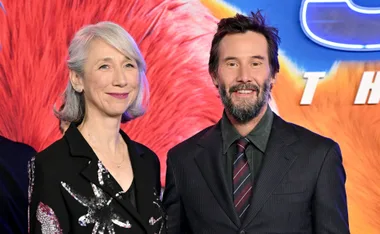



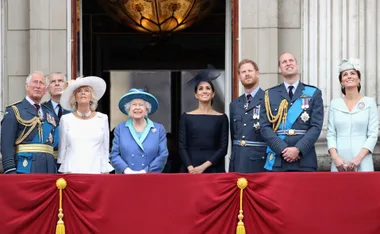



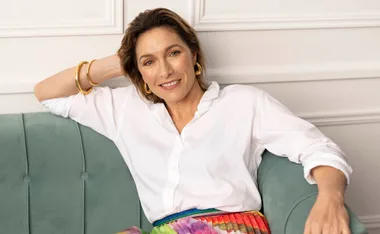


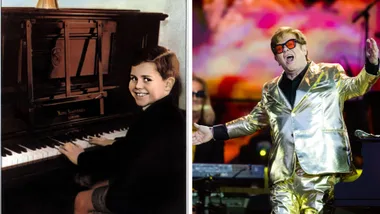
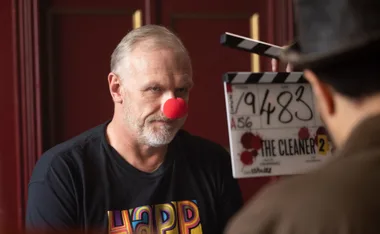
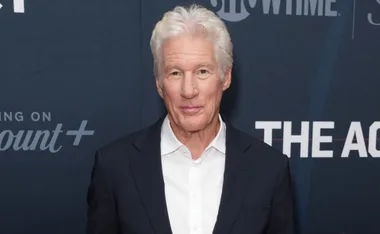

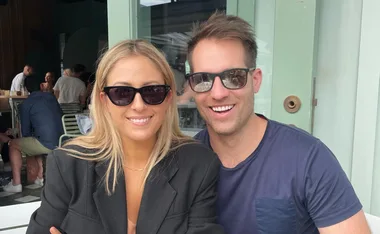

.png?resize=380%2C285)




